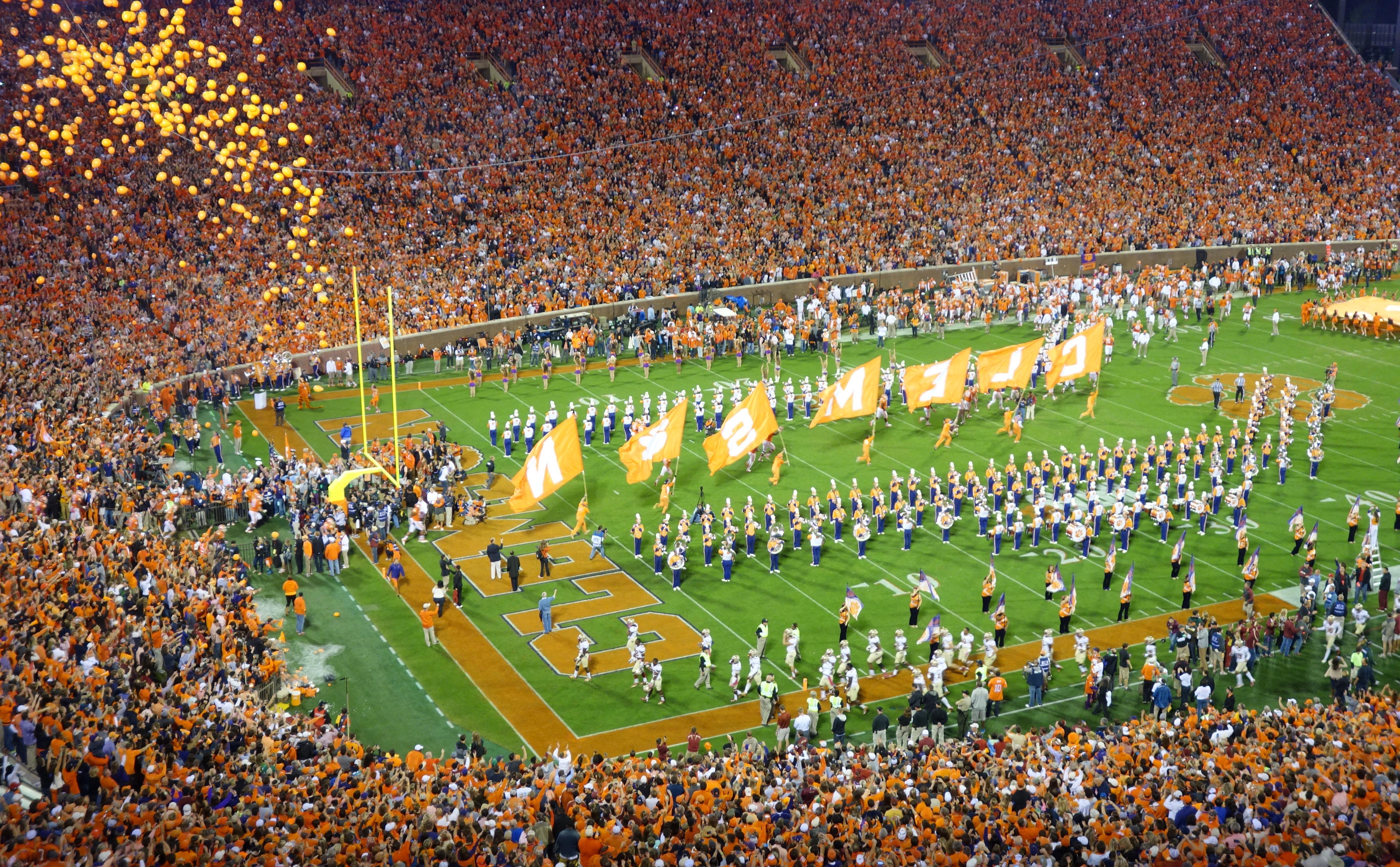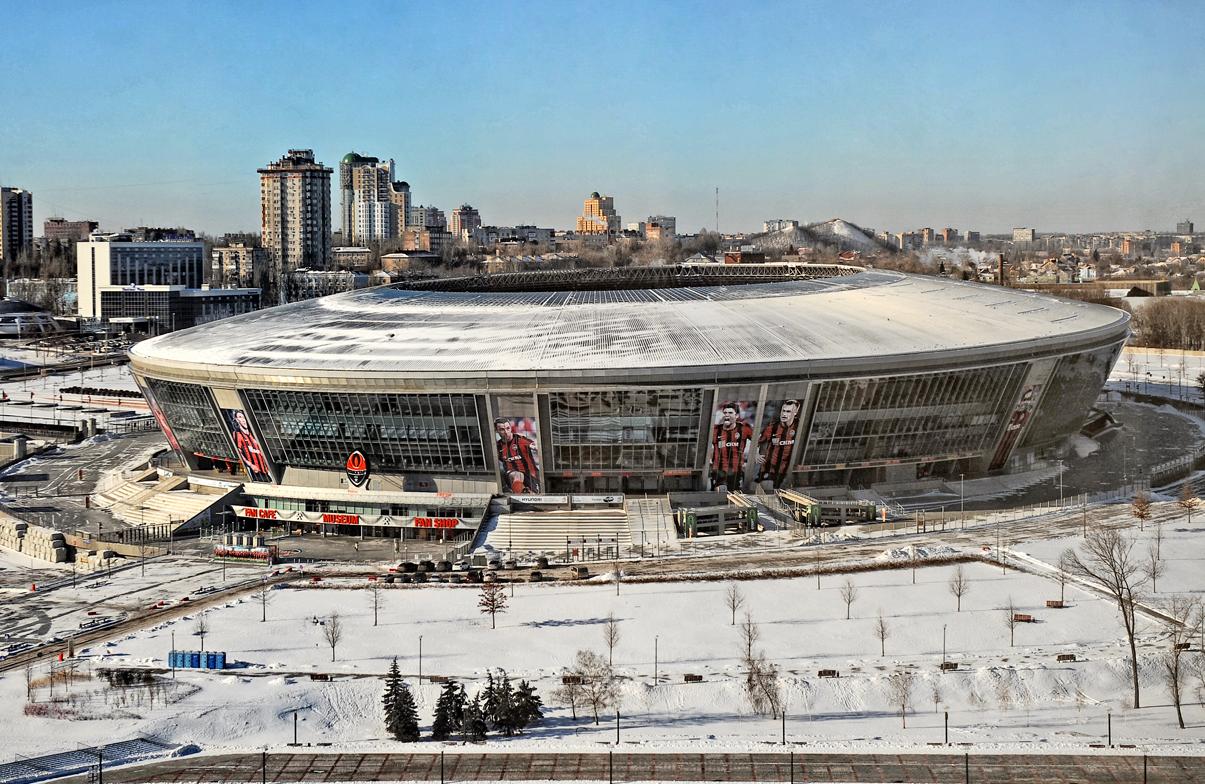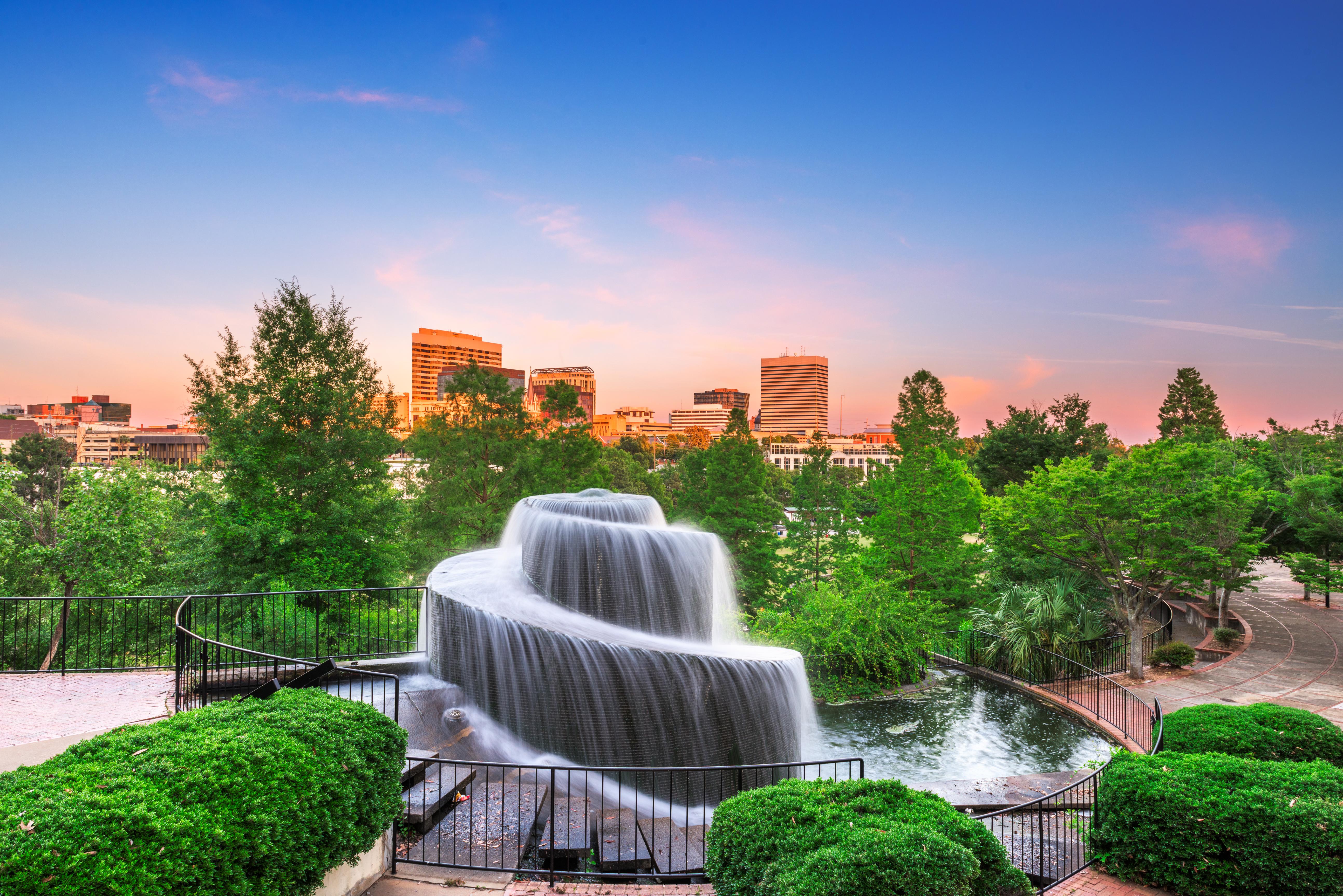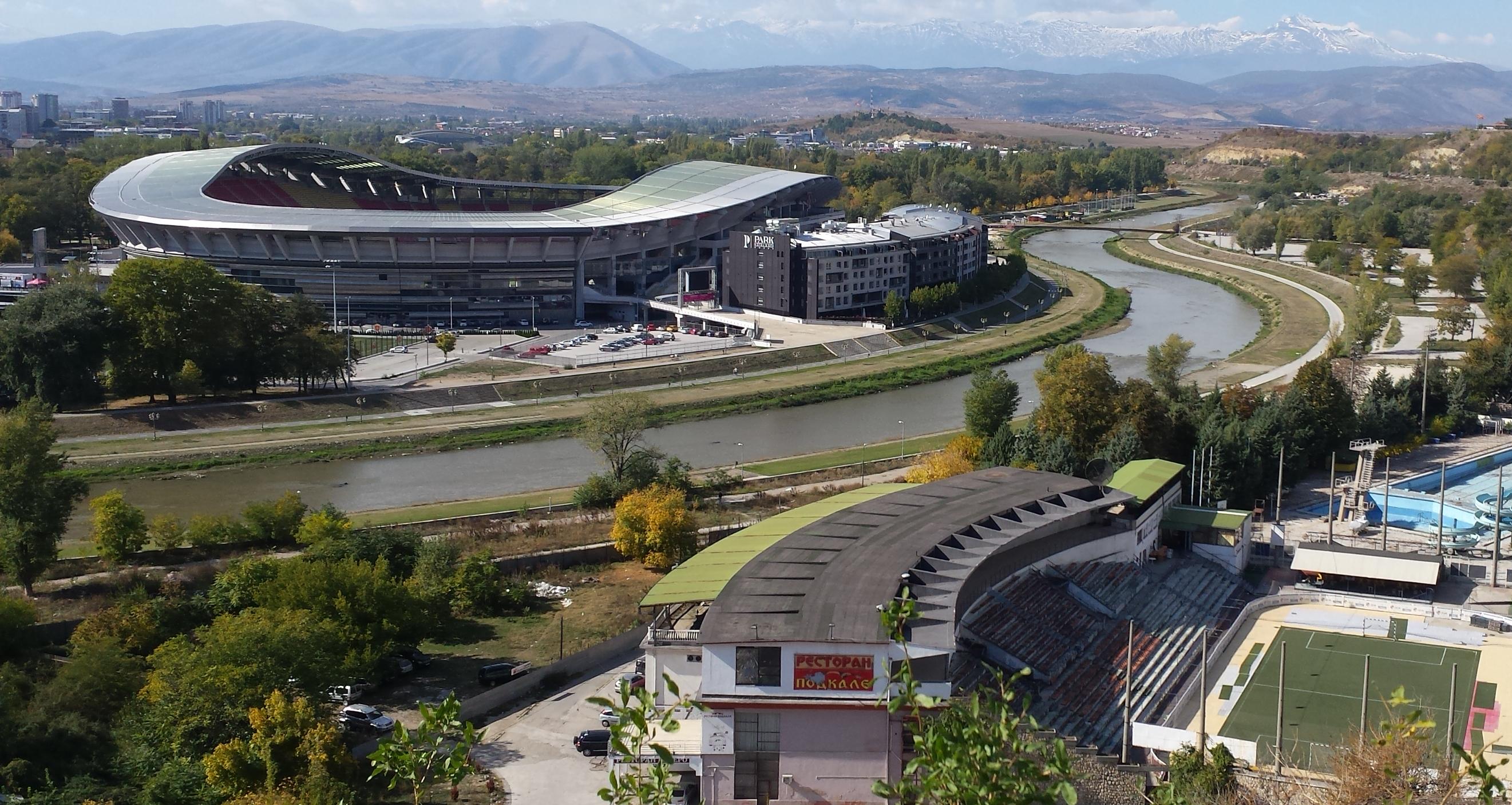11 Rookie Stadiums Punching Way Above Their Weight Class in College Football
As college football evolves, it's not just the players turning heads—it’s the stadiums, too. Across the nation, a new generation of cutting-edge college football stadiums is taking the stage, helping transform rising programs into powerhouses. These “rookie stadiums”—newly built or recently renovated—are doing more than just hosting games. They’re energizing campuses, drawing national attention, and giving teams a true home-field edge. These aren’t your granddad’s football fields. They’re tech-savvy, fan-focused, and game-day-ready in ways that redefine the modern football experience. Let’s tour 11 of the most impressive rookie stadiums helping build legends from the ground up.
1. Snapdragon Stadium – San Diego State University

Snapdragon Stadium has quickly established itself as a defining feature of San Diego State University’s football revival. Designed with fan experience, sustainability, and flexibility in mind, the stadium seats 35,000 and replaces the outdated SDCCU Stadium with a space that feels modern, energetic, and uniquely Southern Californian. Its open-concept layout captures coastal breezes, while local design touches give it strong San Diego vibes—from beachy aesthetics to native landscaping. But what really sets Snapdragon apart is how close fans feel to the action. With steep sightlines and a compact footprint, the stadium packs in energy, amplifying the roar of the crowd during big plays. SDSU has already leveraged that intensity with strong home-field showings. Beyond football, Snapdragon is also set up for soccer, concerts, and community events, turning it into a year-round entertainment hub. It's a launchpad not just for rising players, but for SDSU's ambitions to be a West Coast powerhouse. Opened: 2022
2. Protective Stadium – University of Alabama at Birmingham
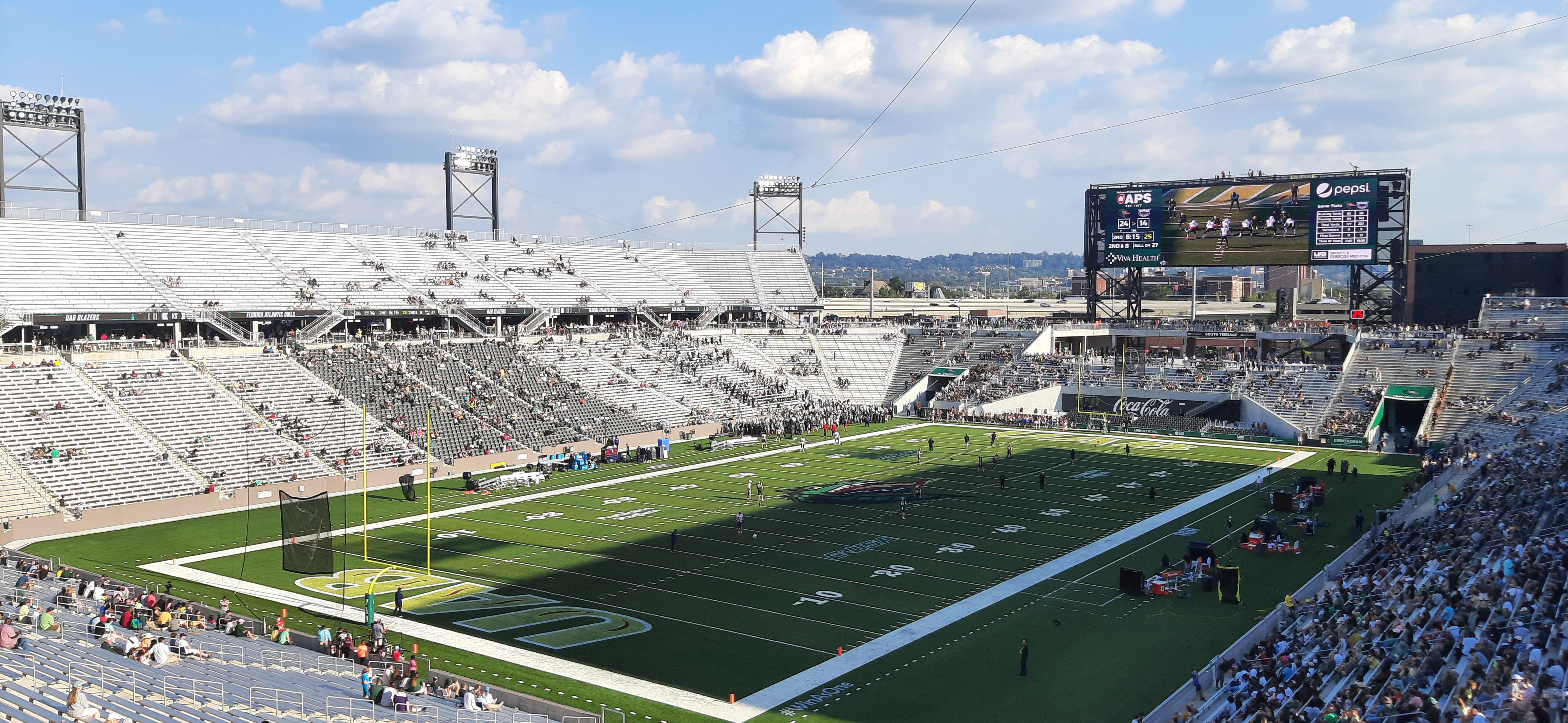
When UAB moved into Protective Stadium, it didn’t just change addresses—it reinvented its football identity. This 47,000-seat gem sits in the heart of downtown Birmingham and represents a new era for the Blazers. The clean, open-air design is a major upgrade from historic but aging Legion Field, offering both comfort and spectacle for fans. Modern amenities like expansive video boards, premium seating, and social gathering areas make game days feel like citywide events. More than that, the stadium has become a symbol of resurgence. UAB’s football program was once shut down entirely in 2014, only to be revived by passionate community support. Now, the team thrives in a stadium that mirrors that comeback story—fresh, fierce, and future-focused. It’s helped UAB attract recruits, engage alumni, and raise its national profile. Protective Stadium doesn’t just protect a team—it uplifts a program ready to make waves on the national stage. Opened: 2021
3. FBS Stadium – James Madison University
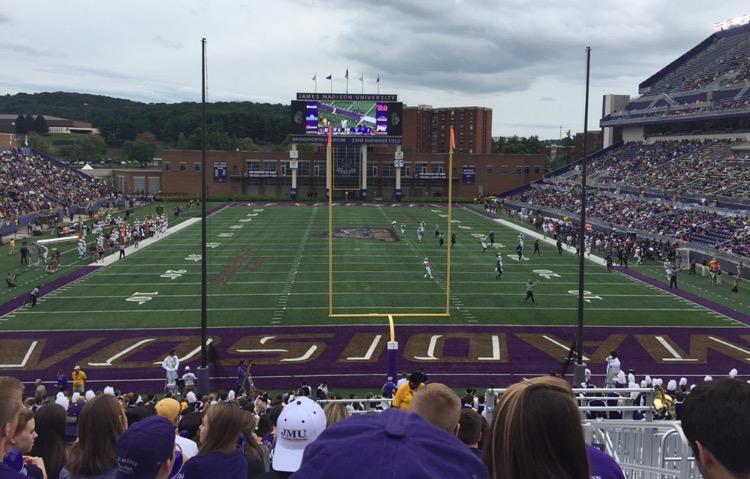
James Madison University’s leap to the FBS came with serious infrastructure upgrades—and nowhere is that more evident than Bridgeforth Stadium. Originally built in 1975, the stadium has been completely transformed to meet the moment, with an official capacity of over 25,000 and amenities worthy of its growing status. The expansion coincides with JMU’s move into the Sun Belt Conference, and the timing couldn’t have been better. The fan experience is electric. The student section is one of the most energetic in the country, constantly packed with purple-and-gold pride. From pregame tailgates to the roaring stands, game day in Harrisonburg now feels like a big-time college football event. The stadium itself boasts upgraded locker rooms, training spaces, and media facilities, giving the Dukes every advantage they need to compete with the best. As JMU continues to punch above its weight, its stadium is proving to be an FBS-ready stage for future legends. Opened: 2022 (Rebranded and Upgraded for FBS)
4. Sun Devil Stadium Renovation – Arizona State University

Rather than tear down their historic Sun Devil Stadium, Arizona State University chose to transform it—and the result is one of the most dramatic renovations in college football. Originally built in the 1950s, the stadium underwent a multi-phase, $300 million overhaul that touched every aspect of the fan and athlete experience. Today, it boasts improved shade structures for Arizona’s blistering sun, premium seating options, and a more open, community-friendly layout. The renovation also includes state-of-the-art locker rooms, expanded concourses, and improved access points to keep fans flowing comfortably throughout the venue. Importantly, ASU reimagined the space as a multipurpose asset, with events year-round and facilities open for community use, not just Saturdays in the fall. The improved stadium has helped boost recruiting, energize the fanbase, and reestablish Tempe as a marquee stop for big college matchups. It’s no longer just a stadium—it’s a centerpiece for an ambitious football future. Completed: 2019
5. SHI Stadium Expansion – Rutgers University
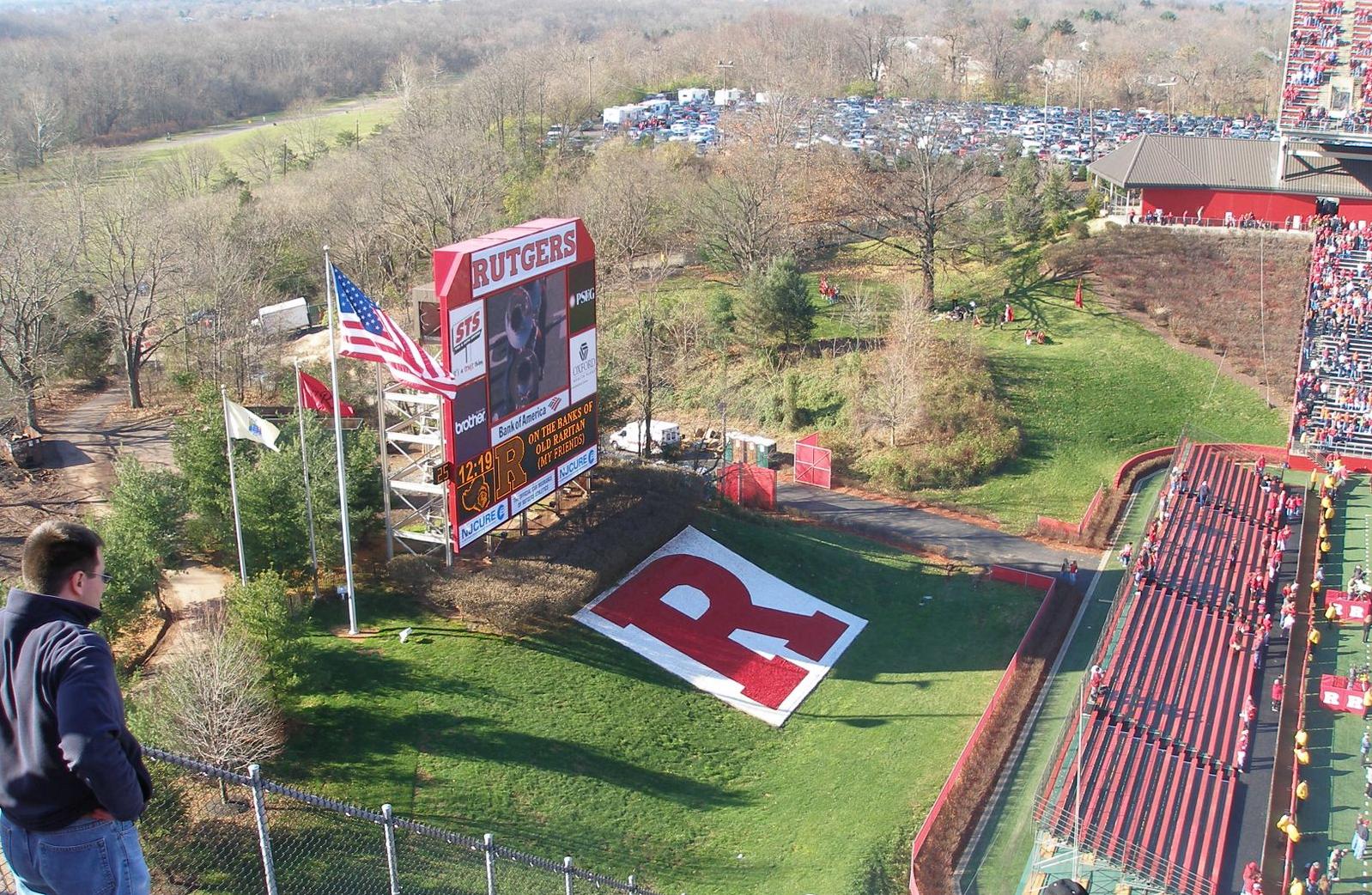
SHI Stadium in Piscataway has been transformed in recent years as Rutgers fully embraces its role in the Big Ten. What was once a modest stadium now boasts significant upgrades in fan seating, luxury suites, and tech enhancements that bring it closer to the standards set by its conference peers. The expansion introduced new premium fan experiences like club-level seating and interactive fan zones, making game day more immersive for both alumni and students. Beyond aesthetics, the upgrade signaled a cultural shift. Rutgers is no longer content to be an afterthought—it’s aiming to compete and win. SHI Stadium now plays host to stronger recruiting classes, nationally televised games, and a growing sense of momentum. The stadium's proximity to New York City also gives it a media-friendly edge, and its modernization is helping Rutgers attract a new generation of fans who expect both grit and glamor on game day. Upgraded: 2020
6. Huntington Bank Stadium – University of Minnesota
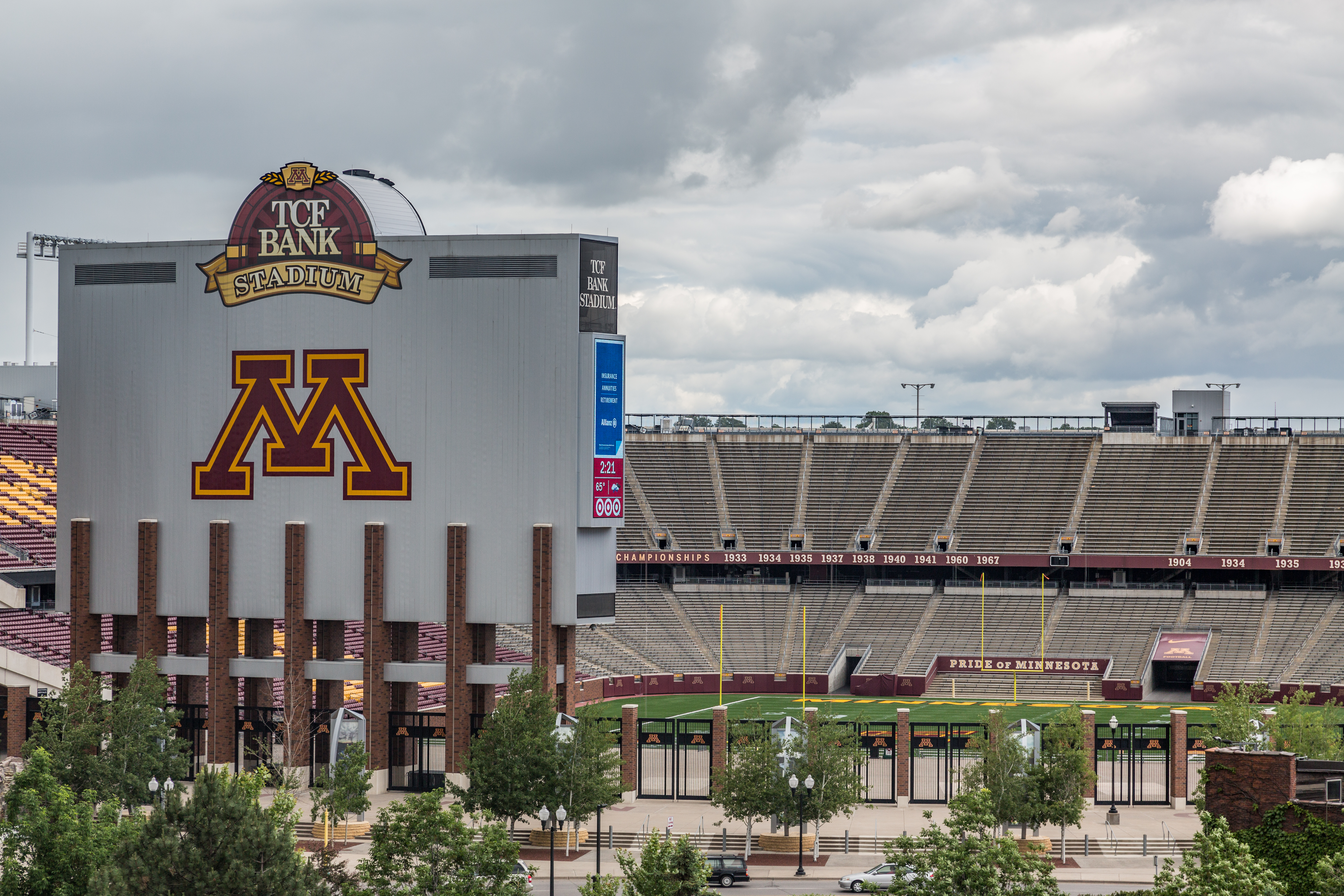
Though over a decade old, Huntington Bank Stadium has found fresh purpose as Minnesota’s football program gains national attention. Designed as an open-air, horseshoe-shaped facility with stunning views of downtown Minneapolis, it’s one of the most aesthetically pleasing stadiums in the Big Ten. But what sets it apart is its emphasis on sustainability—it was the first LEED-certified college football stadium and continues to lead in green initiatives. After the Gophers’ breakout 2019 season and continued competitiveness, the stadium has become a genuine fortress. Fans are packing it again, energizing the team and turning it into a tough place for visiting squads. The stadium includes top-tier player amenities, cutting-edge training facilities, and upgraded fan services that make every visit memorable. As Minnesota continues to climb, Huntington Bank Stadium is no longer just a beautiful place to watch football—it’s a launching pad for a program on the rise. Opened: 2009 (But gaining fresh momentum post-2020)
7. Mickey Blackwell Stadium – Jacksonville State University

Jacksonville State’s leap into the FBS ranks wasn’t just symbolic—it came with a bold new home in Mickey Blackwell Stadium. This gleaming venue might not be the largest in the division, but what it lacks in size, it makes up for in design, energy, and potential. Built with future expansion in mind, the stadium offers excellent sightlines from every seat, wide concourses, and upgraded concessions that make the game-day experience feel big-time. For players, the new locker rooms, meeting spaces, and training facilities rival those of far more established programs. The stadium has become a rallying point for the community, energizing students, alumni, and fans as they embrace this exciting new chapter in Gamecocks football. With growing attendance and a team that’s playing with grit and purpose, Mickey Blackwell Stadium is quickly developing a reputation as a tough place to play. It's not just a new home field—it's a signal that JSU is ready to rise. Opened: 2023
8. Allen E. Paulson Stadium Expansion – Georgia Southern University
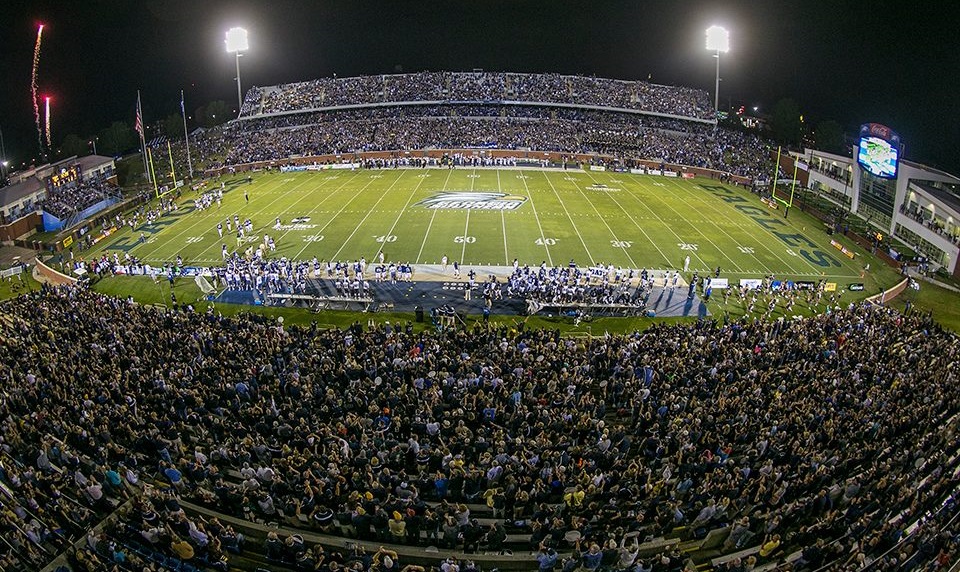
Already a beloved centerpiece of college football in Statesboro, Paulson Stadium’s recent expansion has catapulted Georgia Southern into a new echelon within the Sun Belt. The upgrades include an indoor practice facility that gives the Eagles a year-round training edge, as well as luxury suites, club seating, and revamped fan zones that elevate the in-game experience to rival that of larger programs. The enhanced design maintains the stadium’s signature intimacy, ensuring that the noise level stays high and the home-field advantage strong. The renovation has sparked a new wave of energy in the Georgia Southern faithful. Crowds are louder, recruiting is up, and the team has started making serious noise on the national stage. Paulson Stadium now blends deep tradition with modern flair—creating an environment where new stars are born, and longtime fans feel their loyalty rewarded. In a Sun Belt increasingly defined by competitiveness, Paulson’s transformation helps keep Georgia Southern in the thick of the fight. Renovated: 2022
9. Yulman Stadium – Tulane University
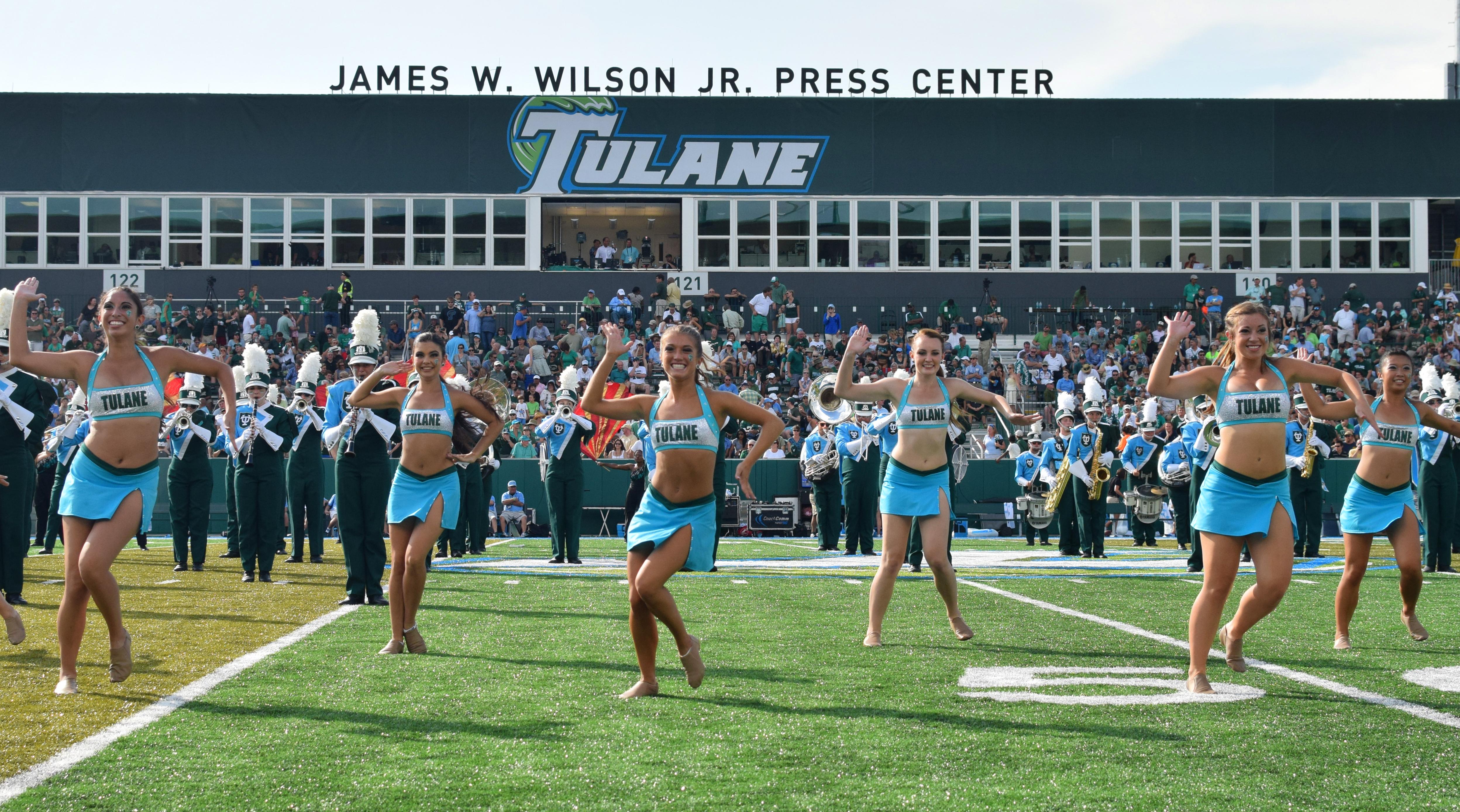
Tulane’s Yulman Stadium might have opened in 2014, but it wasn’t until the program’s meteoric rise in 2022 and 2023—including a headline-grabbing Cotton Bowl victory—that this sleek, urban stadium truly found its identity. With a 30,000-seat capacity, Yulman offers a perfect balance of intimacy and intensity. Its compact design means every seat feels close to the action, and the noise generated by the Green Wave faithful can rattle even the toughest opponents. Set in the heart of Uptown New Orleans, the stadium pulses with local flair—from the sounds of brass bands to the aromas wafting in from nearby tailgates. Renovations and facility upgrades have enhanced the experience for players and fans alike, reinforcing the message: Tulane is no longer a footnote. Yulman Stadium is now a battleground for big-time matchups and a destination for rising talent. It’s the place where underdogs become champions—and where the Wave is just getting started. Opened: 2014 (but rebranded as a rising force in 2022–2023)
10. University Stadium – New Mexico State University

University Stadium has long been the heart of Aggie football in Las Cruces, but after years of underinvestment, it finally received a major facelift beginning in 2021. Phase one of the renovation included new locker rooms, modern press facilities, enhanced seating areas, and upgraded concessions. These changes have had a transformative impact—not just on aesthetics and comfort, but on the program’s entire vibe. The stadium now feels like a home that reflects NMSU’s ambition to grow and compete at a higher level. The Aggies have embraced the changes with renewed energy, and it shows in their performances. Players now train and compete in facilities that support top-tier development, while fans enjoy a revitalized environment that’s more welcoming and spirited than ever. As future phases unfold, University Stadium is expected to become a recruiting asset and a community hub. For a program on the rise, it’s the kind of foundation that sets the tone for long-term success. Reopened: 2021 (Renovation Phase 1 Complete)
11. Albertsons Stadium Upgrades – Boise State University
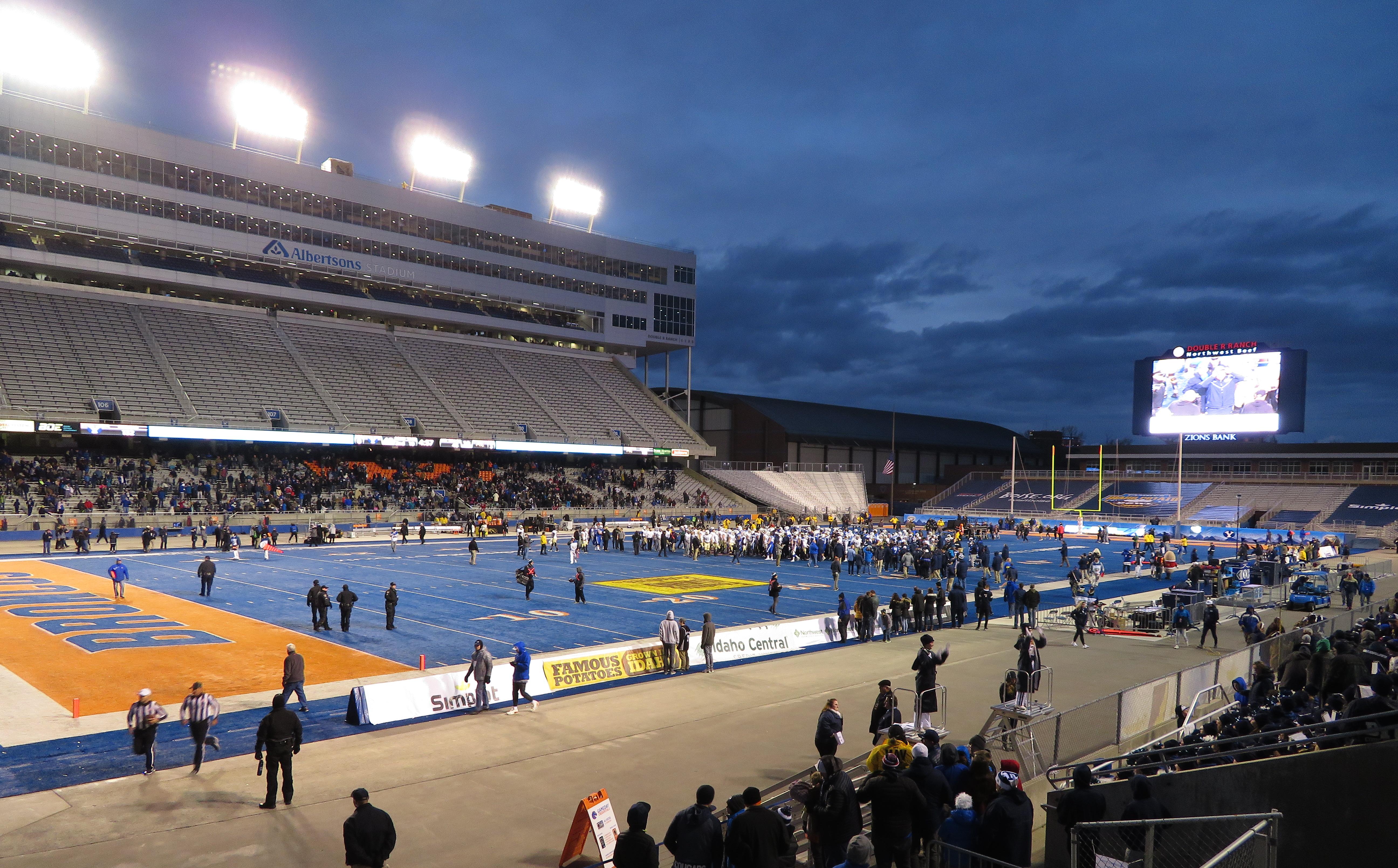
Albertsons Stadium is already one of the most iconic venues in college football—thanks in part to its instantly recognizable blue turf. But even legends need updates, and Boise State has been rolling out a series of thoughtful renovations aimed at keeping its stadium elite. The upgrades include cutting-edge locker rooms, an overhauled weight training facility, expanded meeting spaces, and a massive new video scoreboard that enhances the in-game experience for fans. These investments signal Boise State’s commitment to staying competitive on a national level—not just resting on past glories. As new stars emerge and the program eyes a return to the spotlight, these upgraded facilities give them every edge they need. The Broncos have always punched above their weight, and now with modernized infrastructure, they’re poised to continue that tradition—and perhaps even chart a new path to greater heights. The blue turf remains legendary, but the future it supports is evolving fast. Ongoing updates through 2023
Forging Futures on Fresh Turf
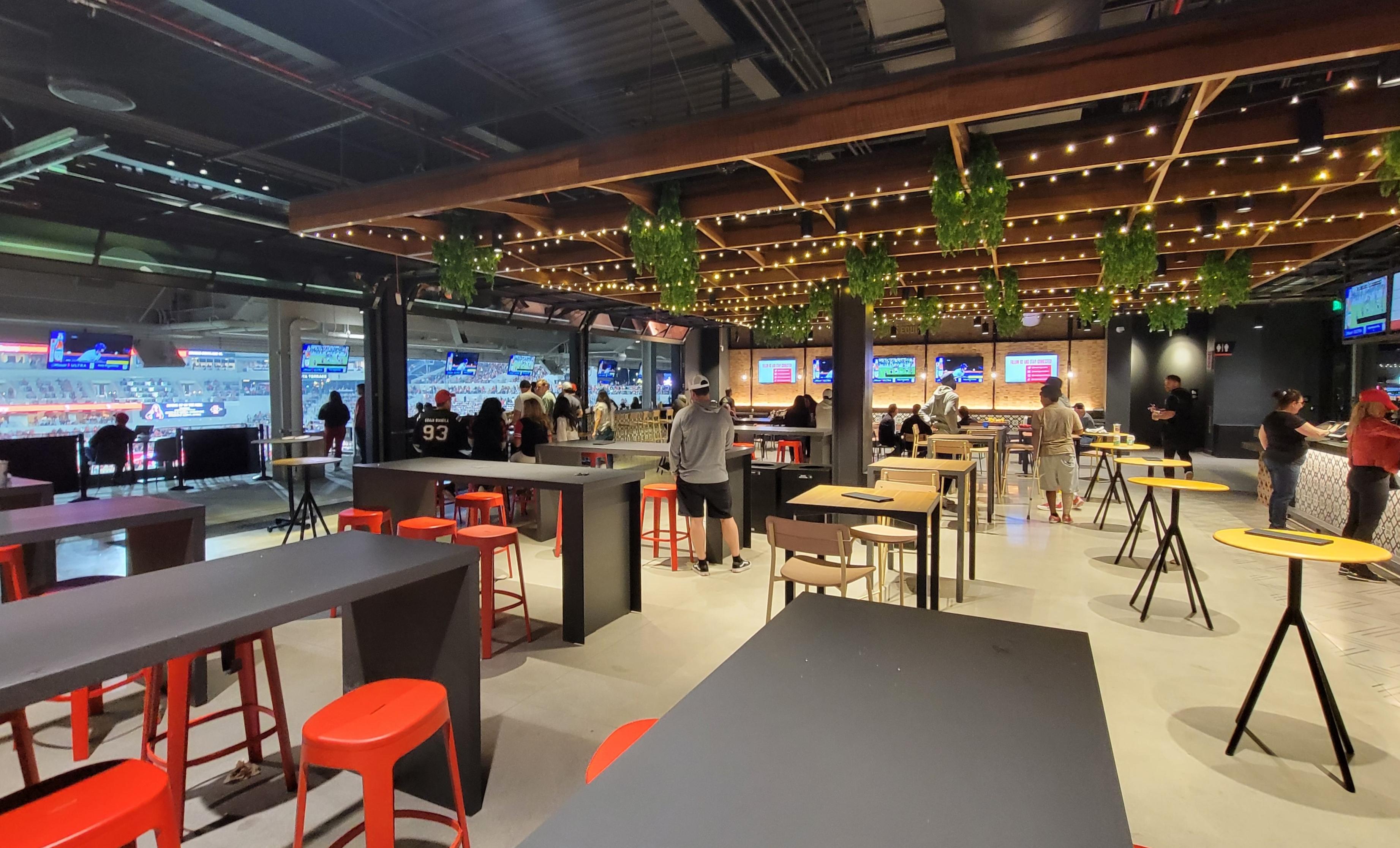
These 11 rookie stadiums aren't just concrete and turf—they're launchpads. For rising programs, they’re redefining home-field advantage and offering a glimpse into the future of college football. Whether it’s cutting-edge design, fan-forward amenities, or player-first upgrades, each stadium is helping its team build momentum and make major plays—on and off the field. As these programs climb the ranks, these stadiums will stand as the places where it all began. The roar of the crowd. The breakout seasons. The unforgettable upsets. College football is evolving, and these rookie stadiums are leading the charge.

